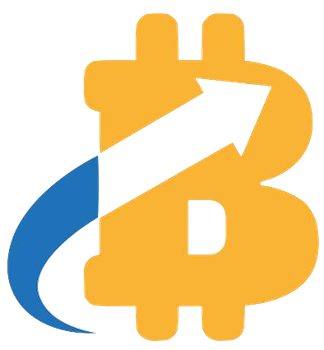In the ever-evolving world of cryptocurrency, centralized exchanges (CEXs) have been the gold standard for trading. Giants like Binance and Coinbase have established themselves as the gatekeepers of this digital frontier, commanding daily trading volumes that are simply staggering. Take Binance, for instance, which boasts an astronomical $17 billion in daily trade interactions. This staggering figure isn’t just a number; it represents the immense trust and reliance that traders place in centralized platforms. Despite these impressive statistics, the emergence of decentralized exchanges (DEXs) such as Uniswap heralds a nascent, yet potent challenge to the established order.
The rise of DEXs has been nothing short of meteoric, especially after 2020. These platforms have disrupted the crypto space, leveraging smart contracts and blockchain technology to empower users with greater control over their assets. This transition isn’t just a passing trend; it’s a paradigm shift that resonates with those who value autonomy and transparency in financial transactions. What’s astonishing is that by early 2024, DEXs have climbed to command about 20% of the market share previously dominated by CEXs. This statistic is not merely quantitative; it reflects a significant behavioral change among traders who are increasingly seasoned in the Ethereum ecosystem and other blockchain networks.
The Juice is Worth the Squeeze
However, the real question remains: can DEXs sustain this momentum and potentially eclipse their centralized counterparts? While they have indeed captured the imagination of a growing user base, the complexities inherent in decentralized trading—like slippage, transaction fees, and liquidity issues—still make many traders wary. The barriers that DEXs face are formidable, as navigating the intricacies of blockchain technology can be a daunting task for newcomers. Thus, one might argue that while DEXs have become a buzzword in the crypto community, they require significant hurdles to overcome before they can live up to their potential.
For many, the convenience and user-friendly interfaces of CEXs will remain an intoxicating allure. Centralized exchanges offer simplicity, speed, and a perceived safety net that many users find reassuring. This doesn’t ignore the additional layers of regulatory scrutiny they face, which can provide a semblance of security—a double-edged sword, indeed, because it sometimes leads to compromised user privacy and autonomy.
Yet, the narrative is shifting. As crypto enthusiasts become more educated about the technology’s underlying principles, the thirst for decentralized control will only grow. Individuals are beginning to recognize the risks of relinquishing their assets to third parties, a trend that could embolden DEXs to further innovate and address the very issues limiting their broader adoption.
A Glimpse into the Future
The potential for DEXs to close the gap with CEXs is tangible, but it demands a reexamination of user experience and infrastructure. As the community embraces these decentralized platforms, the evolution of trading behavior will undoubtedly shape market dynamics. If DEXs can successfully tackle hurdles such as liquidity provision and user experience, they stand poised for unprecedented growth. The fluctuation in market confidence, however, underscores a crucial lesson: while the rise of DEXs is promising, the enthralling game between centralization and decentralization is far from over. It’s a thrilling chapter in the cryptocurrency saga, one that could redefine the financial world as we know it.



















Leave a Reply